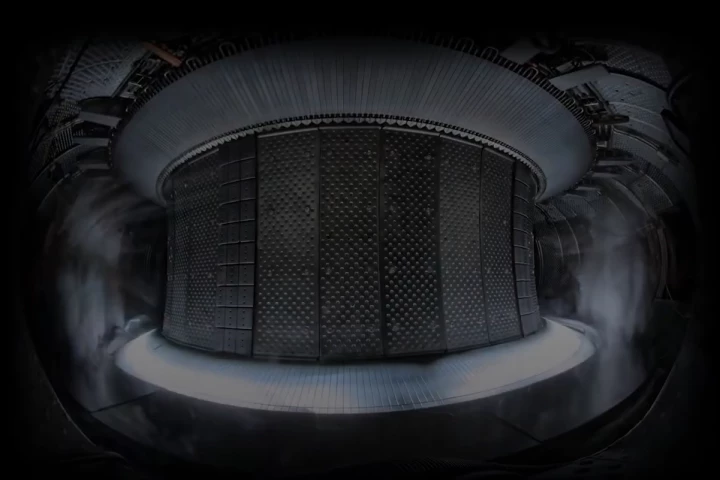An initiative designed to significantly reduce the carbon footprint of maritime transport in the Gulf of Finland is set to have the world's largest electric passenger-car ferry among its fleet. Operator Viking Line has unveiled the first details of its upcoming Helios vessel.
Viking Line says that its fleet's emissions have been cut by almost a third in the last 15 years, but the company's mission to green its business began much earlier. The ferry operator transitioned to low-sulphur fuel in the early 1990s, followed by a number of other measures to reduce carbon emissions over the years.
The first LNG-powered passenger vessel was launched in 2013 (which could also run on biogas) and another "climate-smart" ferry was added in 2022. Now the company has drawn up plans for a battery electric ferry – currently dubbed Helios – that could go into service in the early 2030s.
"Helios heralds a new era in maritime transport, just like the first sail, steam, and motor ships did in their time," said Viking Line CEO, Jan Hanses. "The concept proves that large-scale emission-free maritime transport is no longer a utopia. The world’s largest fully electric passenger-car ferries could be in operation as early as the beginning of the next decade. We are strongly committed to realizing the ambitious vision that Helios represents."
Naturally at this early stage of development, details are thin on the ground. But we do know that the company is aiming for a vessel that will measure 195 m (~640 ft) in length and will be 30 m (almost 100 ft) at its widest point. Its all-electric powertrain will deliver a top speed of 23 knots (42.5 km/h or 26.5 mph), juiced from a battery bank of between 85 and 100 MWh.
A collaboration between Viking Line, the Rauma shipyard and other partners, the Helios is being designed to carry up to 2,000 passengers and 650 vehicles across the Gulf of Finland from the Port of Helsinki to Tallinn in the north of Estonia – a 43-nautical-mile (80-km) journey – and back.
It will also be capable of hauling cargo, with on board capacity reported as "approximately 2 kilometers" – though we're not sure how that would translate to cubic meters of storage. The e-ferry is expected to need at least 30-MWh charging, which will take place when the ship is docked in port.
"The Helsinki-Tallinn route performed particularly well last year, and we believe volume will continue to increase – there is strong demand, based on need, for connections between Finland and the Baltics," added Hanses. "EU emissions trading fees and tightening regulations place an ever larger burden on fossil fuel-based maritime traffic every year, but emission-free technology would enable us to increase capacity on the route. Our goal is to order two electric ships for the route, which would double our current capacity year-round."
While the Helios project is contributing to the decarbonization of marine operations in the Baltic region by going fully electric, other efforts around the world include the use of cleaner fuels like ammonia and hydrogen, employing sails and kites, and even just thinking smarter.
Source: Viking Line




